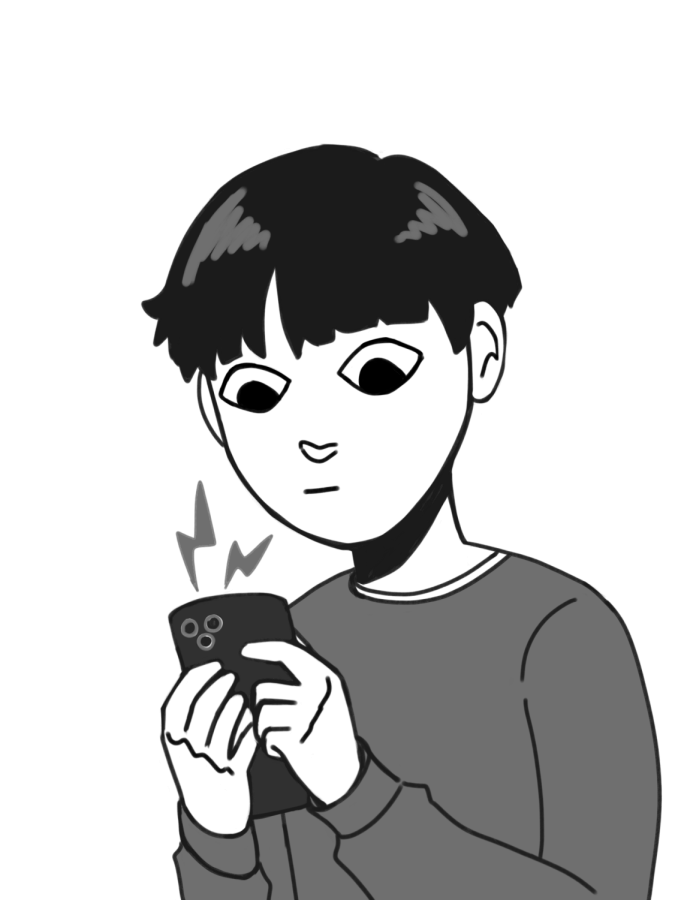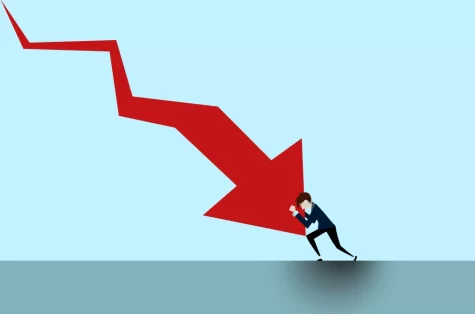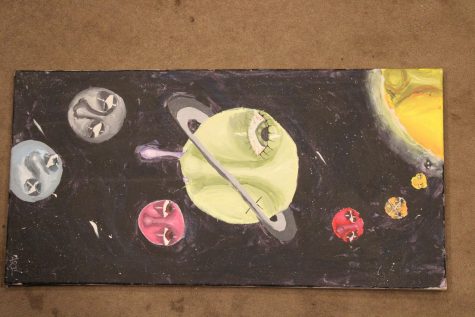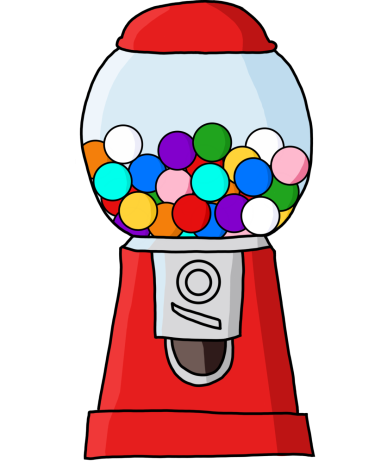The shift from long-form to short-form media
One of the most essential cornerstones of humanity is the ability to communicate. Through it, entertainment is born. Funny videos and images are how many of us bond and relate to each other in the modern world, but the way in which they are presented is constantly changing. From blog posts to Tweets, and comedy TV channels to Youtube Shorts, what once was the norm has been replaced with another shorter and more appealing medium. This change begs the question: how and why did this happen? And further, what might the consequences be?
The idea that social media is bad for you has been discussed numerous times and is not the main premise of this argument. A better understanding would be achieved by finding out how exactly these shorter pieces of media are affecting our minds. But first, let us see how everything shrunk in the first place.
With the advent of the internet, videos, and their growing accessibility, humans gravitated towards online media of entertainment. This is a fact marketers have certainly taken advantage of, especially considering how videos are scientifically proven to hold attention better than written media. What makes short videos in particular more popular is that they require less effort and are much easier to produce. This encourages much more creator participation since even those who do not have allotted time to dedicate to content creation are able to express themselves. With all kinds of people able to put out short-form media, the personal touch and relatability of the content make this type of entertainment very enticing. For viewers, this form of media provides more value in a shorter time frame, as one is able to consume content that applies to multiple facets of their life and interests without taking away from time dedicated to duties or responsibilities.
Due to video content getting shorter over time, our attention spans have decreased in length them. In the year 2000, the average human attention span was measured at 12 seconds. A study conducted by Microsoft proved that just 15 years later, the average was 8.25 seconds; that is shorter than the attention span of a goldfish. Thanks to this, many people nowadays are used to reading bite-sized pieces of information and tend to skim through long texts. This is especially concerning for students and the impact a short attention span may have on concentration abilities and academic success. Courses like AP Literature that have required readings become extremely challenging when one does not have the capacity to focus on the words in front of them for an extended period of time.
The barrage of distractions an average American receives on a day-to-day basis has played a crucial role in this decrease in attention span. Every mobile notification we get takes our attention away from whatever we were previously focused on. We see it daily; even hearing the occasional Discord ping during class incites an almost Pavlovian response in everyone, prompting people to check their phones in case they received a message. This constant disruption of focus increases our reliance on digital stimulation over time, which leads back to the issue of a meager attention span. The same is true for short-form media. The creator has seconds to convince you to keep watching their video, and even then the total runtime of the average TikTok is 10 to 15 seconds. As a result of this, most teens and many adults spend substantially more time on platforms such as TikTok, Instagram Reels, and Youtube Shorts than on media platforms like Netflix or Hulu. Today, TikTok is one of the biggest, most widely-used platforms with over a billion users worldwide.
Media is ever-evolving, and the latest development in the media timeline is short-form videos, which have recently become prominent. Big media companies have adopted this compact video format, while many new companies have risen to popularity by perfecting the algorithm for its use. The creativity this format inspires by making content creation more accessible and relatable makes these videos all the more enjoyable.
Although the substantial negative effects regarding their addictive nature are becoming more noticeable, it is undeniably true that these 60-second videos have changed the way people all across the world get their entertainment.














